Are You Ready to Give Oil Painting a Try?
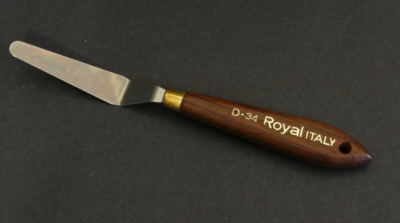 Oil is a fantastic medium for painting! Because of its slow drying time oil makes it easy to blend colors with one another allowing you unlimited time to achieve incredible value changes and create wonderful depth and form. If you’ve wanted to give oil painting a try but don’t know where to begin you are not alone! You know you need some supplies but what to get and where to start can be overwhelming.
Oil is a fantastic medium for painting! Because of its slow drying time oil makes it easy to blend colors with one another allowing you unlimited time to achieve incredible value changes and create wonderful depth and form. If you’ve wanted to give oil painting a try but don’t know where to begin you are not alone! You know you need some supplies but what to get and where to start can be overwhelming.
First of all you need paint, a surface to paint on, some brushes, and a palette knife. Beyond that, you can use a small clean can for mediums and you can use a flat piece of glass (8×10 or larger) for a palette, or even a large plastic/paper plate if you really want to keep expenses down. You’re going to need some paper towels or old rags that can be thrown away. You’ll also need a bar of soap and a small container of paint thinner or odorless turpentine for cleaning your brushes. You can keep your paints and supplies in a shoe box and you can paint with or without an easel… You don’t need anything fancy if you do want an easel… An expensive table top one will do nicely.
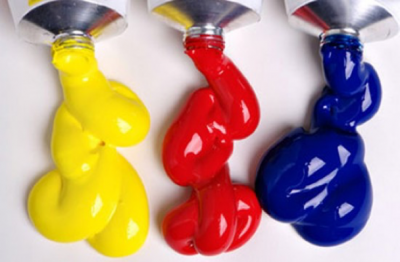 Okay, Paint: What should I get… What will I need? There are many paint brands and a zillion colors to choose from so how do you know what to get? There are also different qualities of oil paints: you can find student grade or artist quality oil paint. The student quality paint is less expensive, but it contains less pigment and more filler, making it not only less efficient, but also more difficult to handle. If you choose to buy a paint set make sure that the paint is Artist Grade. The rule of thumb when buying paint is to buy fewer colors, but get the best quality you can. There are many good brands of oil paint on the market – look for ‘Artist Quality’ and choose the pigment that you need/want from one or more brands. I stay away from paint brands that I’ve never heard of although that doesn’t necessarily mean they are not good paints.
Okay, Paint: What should I get… What will I need? There are many paint brands and a zillion colors to choose from so how do you know what to get? There are also different qualities of oil paints: you can find student grade or artist quality oil paint. The student quality paint is less expensive, but it contains less pigment and more filler, making it not only less efficient, but also more difficult to handle. If you choose to buy a paint set make sure that the paint is Artist Grade. The rule of thumb when buying paint is to buy fewer colors, but get the best quality you can. There are many good brands of oil paint on the market – look for ‘Artist Quality’ and choose the pigment that you need/want from one or more brands. I stay away from paint brands that I’ve never heard of although that doesn’t necessarily mean they are not good paints.
To begin with start with a limited palette – that means just some basic colors and then add to your supply as you do more painting. If you ask 12 professional artists what they use and what they recommend you will get twelve different answers based on what they prefer. If you ask me I can honestly say I have oils from about 4 different manufacturers – colors by the same name are not the same from one manufacturer to the next and they can be transparent, semi-transparent or opaque and so what I have depends on what I need for a specific task. The true beginner doesn’t need to worry about that so much.
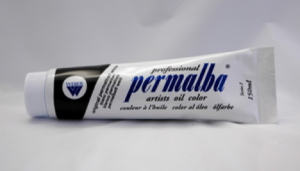 Initially choose a big tube of Titanium White, and smaller tubes of black and brown and the primary colors, Red, Blue, and Yellow. From there you can mix yellow and red for an orange, you can mix yellow and blue for green, and you can get a violet color by mixing Blue and Red. Black and yellow also makes a beautiful green. How much of each you combine will determine for example if your orange is more of a red orange or a yellow orange.
Initially choose a big tube of Titanium White, and smaller tubes of black and brown and the primary colors, Red, Blue, and Yellow. From there you can mix yellow and red for an orange, you can mix yellow and blue for green, and you can get a violet color by mixing Blue and Red. Black and yellow also makes a beautiful green. How much of each you combine will determine for example if your orange is more of a red orange or a yellow orange.
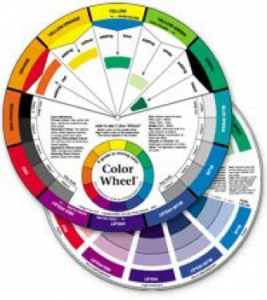 Then you can tone or dull the primary colors and the mixed colors by adding a touch of brown, black or white. Adding each color’s complementary color to it (that’s the one that sits straight across from it on the color wheel) will also tone the color down and make it less intense. You can lighten all your primary pure pigment colors and the mixes you make all by adding white so with just those few colors you can get a lot of variety. The nice thing about starting with just a few colors and mixing what you need is that you really learn to know your colors and very quickly you will be able to anticipate what you will get. You will eventually want other colors but starting with the basic colors is an easy and very good way to get started.
Then you can tone or dull the primary colors and the mixed colors by adding a touch of brown, black or white. Adding each color’s complementary color to it (that’s the one that sits straight across from it on the color wheel) will also tone the color down and make it less intense. You can lighten all your primary pure pigment colors and the mixes you make all by adding white so with just those few colors you can get a lot of variety. The nice thing about starting with just a few colors and mixing what you need is that you really learn to know your colors and very quickly you will be able to anticipate what you will get. You will eventually want other colors but starting with the basic colors is an easy and very good way to get started.
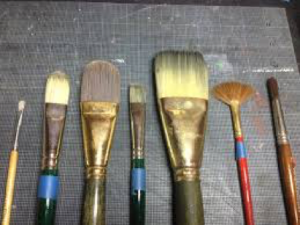 And what about Brushes? Brushes come in many styles, sizes, and price ranges. Synthetic brushes are usually less expensive, while natural ones are more expensive. To start with you can certainly get by with synthetic or synthetic blend brushes and you may find you prefer them. I have synthetic blends, bristle brushes and natural hair brushes – what I use depends on what I am painting. Initially I would stick to synthetic or synthetic blends.
And what about Brushes? Brushes come in many styles, sizes, and price ranges. Synthetic brushes are usually less expensive, while natural ones are more expensive. To start with you can certainly get by with synthetic or synthetic blend brushes and you may find you prefer them. I have synthetic blends, bristle brushes and natural hair brushes – what I use depends on what I am painting. Initially I would stick to synthetic or synthetic blends.
Be aware that cheap brushes tend to lose their shape faster, while the more expensive ones perform better and will last longer (if cleaned and taken care of correctly).
The best sizes and shapes depend on your painting style; however, you can start with a paint set as small as three brushes: a big one for applying larger areas of color, a medium one, and a small one for the final detail phase of the painting. I personally like Filbert brushes, which are flat with rounded edges, but I also use flats and small round brushes for details. Long handle brushes are good for oil painting if you are going to paint on an easel because you can work further away from the canvas and stay a little looser when you are not so close to your work. So the handle length you want depends on the style of painting you are after. The brushes don’t have to have long handles – you can still paint at arm’s length away with a short handle brush.
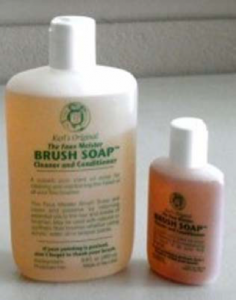 To keep your brushes in good shape make sure you clean them gently and thoroughly with soap and water after each painting session, rinsing well, and laying them flat to dry. While a bar of hand soap is very adequate, brush cleaners have conditioners in them and are perfectly formulated for any paintbrush. Loading your oil painting brushes with baby oil when you can’t thoroughly clean them will protect them for a few days until you can give them a good cleaning.
To keep your brushes in good shape make sure you clean them gently and thoroughly with soap and water after each painting session, rinsing well, and laying them flat to dry. While a bar of hand soap is very adequate, brush cleaners have conditioners in them and are perfectly formulated for any paintbrush. Loading your oil painting brushes with baby oil when you can’t thoroughly clean them will protect them for a few days until you can give them a good cleaning.
Surfaces – What should I paint on? An oil painting surface is generally either canvas or some sort of board prepared with gesso. Decide what you want to paint and look for something the right size. Initially don’t start too large . . . it can get overwhelming very quickly. Also keep in mind that if you are brand new to oil painting you don’t need to buy the expensive or best quality canvases on the market. You can buy a pad of canvas paper or the canvas panels to practice and learn on and then invest in nicer canvas once you have some experience and have developed your skills above the beginner level. Never fear you can still frame the canvas pad sheets and wrapped practice boards if you end up loving your beginning pieces.

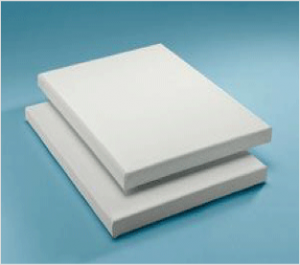
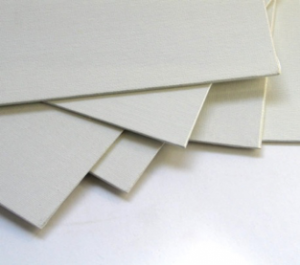
A great option for the beginning oil painter is to find a pattern packet or an online class where the teacher gives you a supply list including recommended colors and brushes. In all of my oil painting packets I include several pages of basic information for the new oil painter that will make their oil painting experience go much smoother. If you aren’t sure about just starting and drawing on a canvas with your paint here at Art Apprentice Online a line drawing that can be transferred to your painting surface is always provided along with step photos and step by step instructions that follow standard methods for working with oils.
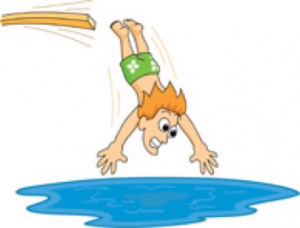 So now what are you waiting for? Just gather your supplies, dive in and get wet!
So now what are you waiting for? Just gather your supplies, dive in and get wet!
You will want to check out all our online classes and downloadable packets but here is an easy oil painting packet to get started with: http://store.artapprenticeonline.com/apple-blossoms-of-spring-oil-painting-pattern-by-donna-richards/
If you want to try this one with just the basic colors of red, yellow, blue, white, brown and black, send me an email and I will gladly send you a color mix sheet I have put together on how to mix the colors called for in that packet with just those 6 basic colors! (paint1too@aol.com)

Leave a Reply